Choosing a lens can be overwhelming. There are so many different types and brands available on the market, it’s hard to know which one is right for you. This article will give you a detailed comparison of three popular lens sizes: 35mm, 50mm, and 85mm. It will also discuss the main differences between these lenses, as well as which one might be best suited for your needs. Moreover, you will find out the price range for each of these lenses, as well as some helpful tips on how to choose the right lens for your camera.
The Meaning of Lens Focal Length
Focal length is the distance in millimeters (mm) from the center of a lens to the point where an image is brought into sharp focus. The focal length determines how much of a scene a lens can capture, and also affects the size and appearance of subjects in your photo.
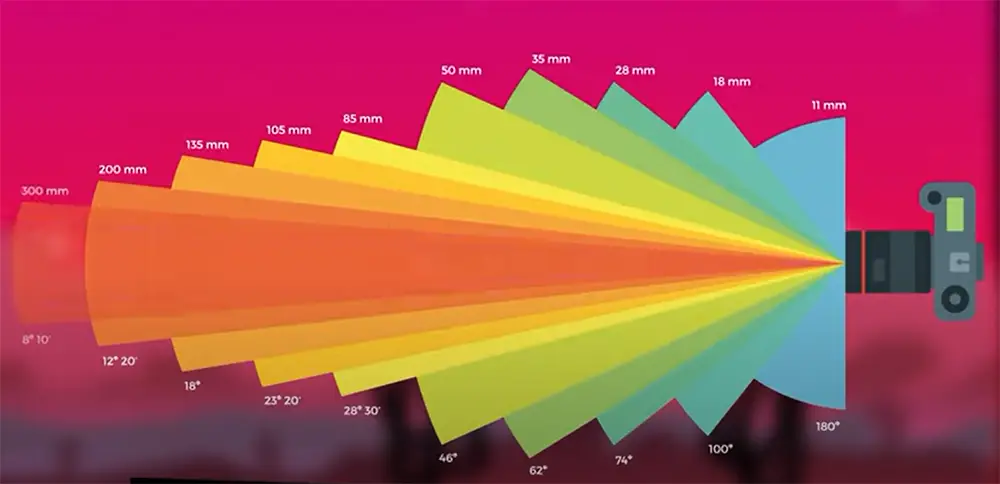
A 35-mm lens is considered a wide-angle lens because it has a short focal length and can capture a large field of view. This makes it ideal for landscape photography, as well as group photos and street photography.
A 50-mm lens is considered a standard or normal lens because its focal length falls within the middle range of available lenses. This makes it versatile for many different types of photography, including portraits, product shots, and event photography.
An 85-mm lens is considered a telephoto lens because it has a long focal length and can capture a narrow field of view. This makes it ideal for portrait photography, as well as close-up shots of animals and nature.
The most important thing to remember when choosing a lens is that the focal length will determine the perspective of your photos. A wide-angle lens will make objects appear smaller and further away, while a telephoto lens will make them appear larger and closer. Choose the right lens for the type of photo you want to take [1]!
Prime vs. Zoom Lens
One big debate in the world of photography is whether it’s better to have a prime lens or a zoom lens. Prime lenses are those that have a fixed focal length, meaning they can’t zoom in or out. Zoom lenses have variable focal lengths, so you can adjust how much you want to zoom in or out.
There are pros and cons to both types of lenses. Prime lenses tend to be sharper and have less distortion than zoom lenses. They also tend to be lighter and more compact. On the other hand, zoom lenses give you more flexibility because you can adjust the focal length. They’re also generally more expensive than prime lenses.
The prime lenses are used most often for portraits, while zoom lenses are better for landscapes or action shots. But ultimately, it’s up to you to decide what type of lens is best for your needs [2].
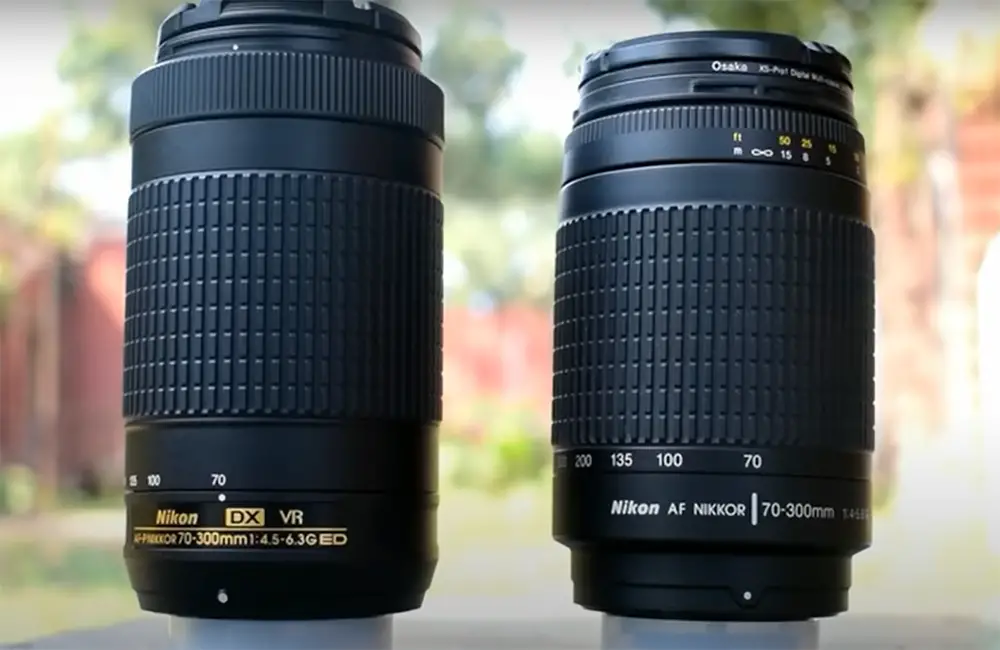
What Is the Difference between RAW and JPG formats?
When it comes to image formats, there are two main types: RAW and JPG. So, what is the difference between the two?
There are benefits and drawbacks to both formats. RAW files take up more space on your memory card and can be harder to edit, but they offer more flexibility in post-processing. JPGs are smaller and easier to work with, but you have less control over them after you’ve taken the photo.
So, which one should you use? It depends on your needs. If you’re planning on doing a lot of post-processing, RAW is the way to go. But if you want to be able to quickly share your photos without spending a lot of time editing them, JPG is the better option [3].
What To Shoot With A 35-mm Lens
The 35-mm lenses are considered standard lenses since they offer a field of view that is similar to the human eye. This makes them ideal for shooting portraits, landscapes, and street photography.
Lifestyle Photography
The 35-mm lenses are effectively used to capture the natural beauty in people. If you want to photograph a model in her element, then this is the best lens for the job.
35-mm lenses are also great for shooting product photography and close-ups. This is because they offer a wide field of view that allows you to get more details in your shots. If you are looking to shoot architectural photography, then the 35-mm lens is also a good option. This is because it can capture both the grandeur of a building as well as the intricate details.
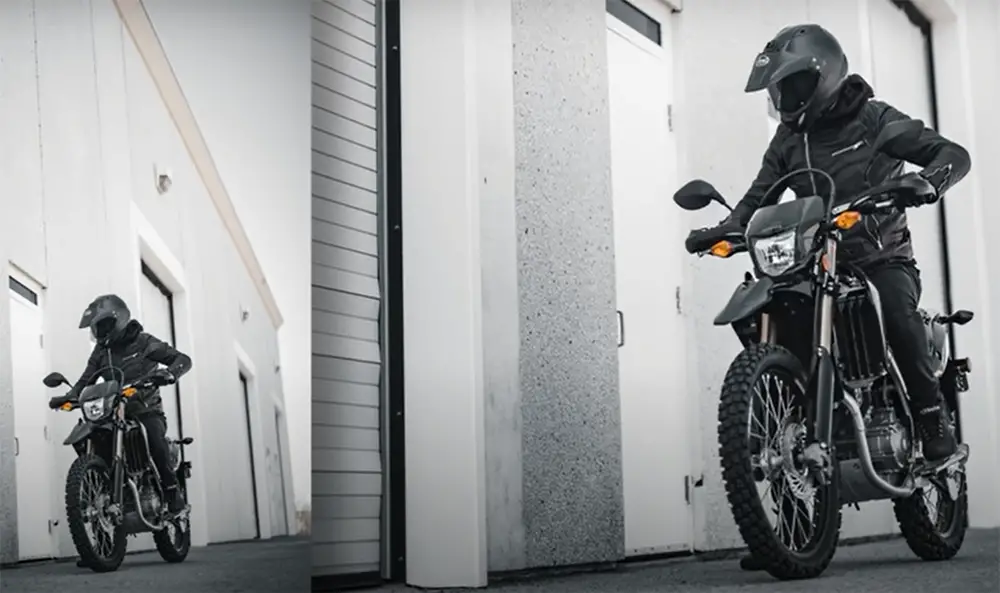
Shooting Video
With a 35-mm lens, you can shoot both wide shots and close-ups. This makes them ideal for shooting videos. If you are looking to shoot a documentary or a short film, then the 35-mm lens is the best option.
To shoot video with a 35-mm lens, you need to have a camera that has a full-frame sensor. This is because the lenses are designed for this type of sensor. If you try to use a 35-mm lens on a camera with a smaller sensor, then you will get a distorted image.
35-mm lenses are also great for shooting in low light conditions. This is because they have large aperture sizes that allow more light to enter the camera. If you are looking to shoot night photography or astrophotography, then the 35-mm lens is the best option.
Photographing Newborns With A 35mm Lens
If you want to photograph a newborn, then the 35-mm lens is the best option. This is because it offers a wide field of view that allows you to get close to the subject without getting too close.
When photographing newborns, it is important to use a fast shutter speed. This is because they tend to move around a lot and you want to be able to capture them in sharp detail. A faster shutter speed will also help to freeze any movement so that your photos are not blurred.
It is also important to use a low ISO when shooting with a 35-mm lens. This is because you want to avoid as much noise as possible in your photos [4].
How To Shoot With A 35-mm Lens?
A 35-mm lens is a great option for those who want to capture a lot of detail in their photos. To get the most out of your 35-mm lens, here are some tips:
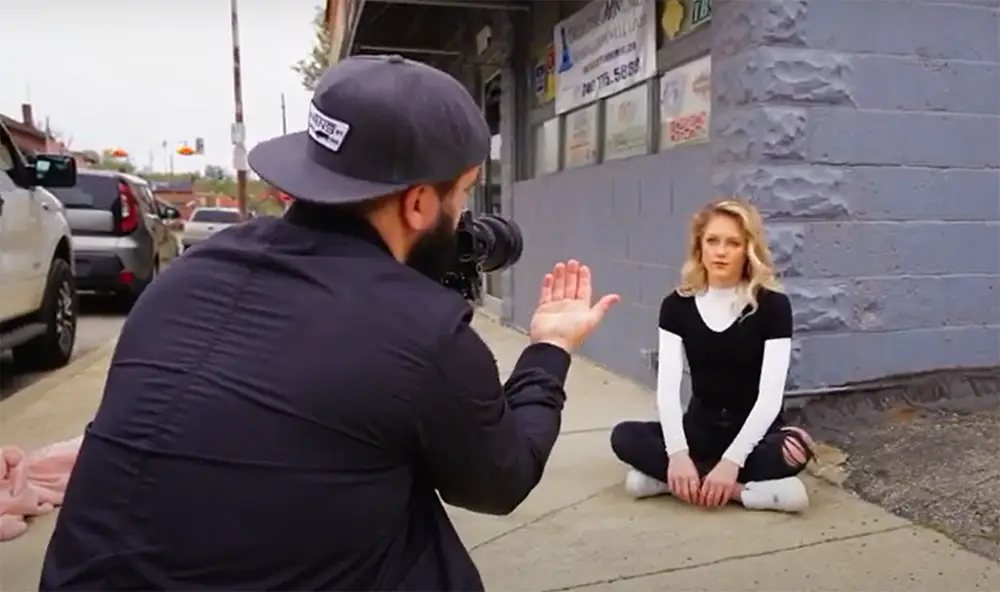
- Get closer to your subject. With a 35-mm lens, you can get close to your subject without distorting their features. This is ideal for taking portraits or close-up shots.
- Create a shallow depth of field. By getting close to your subject and using a wide aperture, you can create a shallow depth of field. This will make your subject stand out from the background.
- Shoot in RAW format. Shooting in RAW format will give you the most flexibility when editing your photos. You’ll be able to adjust the white balance, exposure, and other settings without losing any quality.
The 35-mm lenses are usually used in low light because of the large aperture and they can create a shallow depth of field. However, this is not the only use for this type of lens. You can also use a 35-mm lens to capture a wide variety of subjects, from landscapes to close-ups.
What To Shoot With A 50-mm Lens?
50-mm lenses are standard lenses that offer a field of view that is similar to what the human eye sees. This makes 50-mm lenses ideal for shooting portraits, landscapes, and just about anything else.
Shooting Portraits, fashion, Landscapes, Food & Drink, Architecture, Interiors
One of the most popular uses for a 50-mm lens is shooting portraits. The field of view offered by a 50-mm lens is perfect for capturing the subject’s face without distortion.
Another popular use for a 50-mm lens is fashion photography. The field of view offered by a 50-mm lens is ideal for capturing the details of clothing and accessories. The taken photos usually don’t require much post-processing.
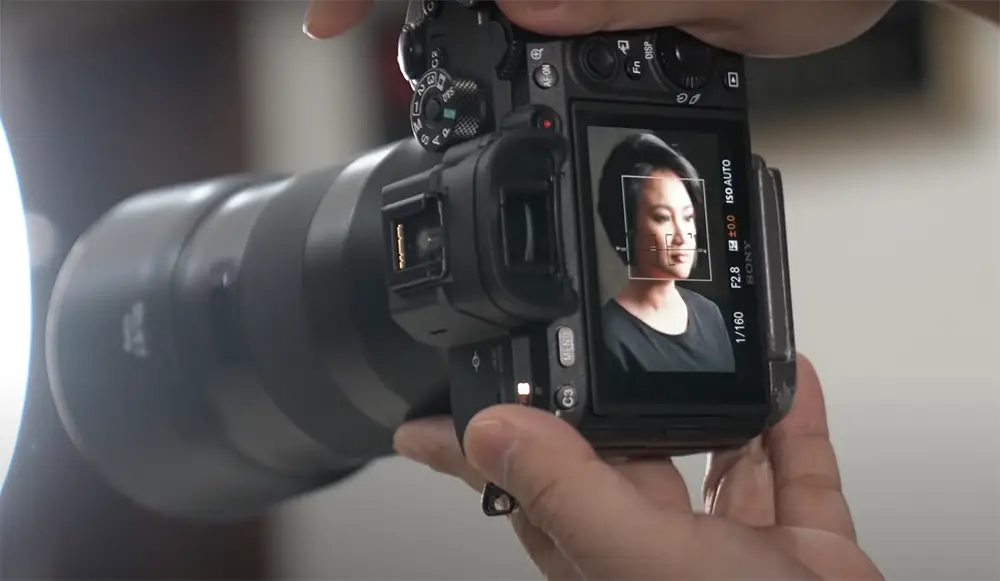
Landscape photographers also often choose to use a 50-mm lens. The wide field of view offered by a 50-mm lens allows landscape photographers to capture the beauty of their surroundings. These lenses are also great for shooting interiors and architecture because they can capture a lot of detail.
Photographing Newborns With A 50mm Lens
Photographing newborns may seem like a daunting task, but it doesn’t have to be. A 50-mm lens is a perfect choice for this type of photography. The wide field of view offered by a 50-mm lens allows photographers to capture the details of the newborn’s face without distortion.
Newborns are also often photographed with their parents. The wide field of view offered by a 50-mm lens allows photographers to capture the details of both the newborn and the parent’s faces without distortion.
Some photographers ask if it is possible to use a 50-mm lens for close-up photography. The answer is yes! A 50-mm lens can be used for close-up photography, but the photographer will need to be careful to avoid distortion.
As you can see, there are many different uses for a 50-mm lens. Whether you’re shooting portraits, fashion, landscapes, food and drink, architecture, or interiors, a 50-mm lens is a great choice. So what are you waiting for? Get out there and start shooting!
How To Shoot With A 50mm Lens?
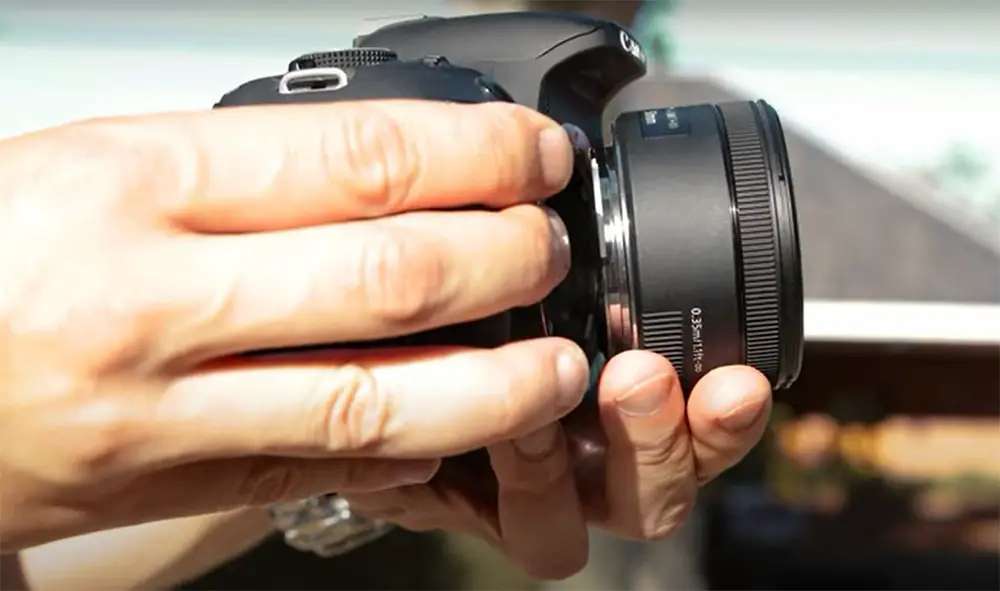
If you’re using a full-frame camera, then your 50mm lens is going to be a versatile option for many different types of photography. Here are some tips on how to get the most out of this type of lens:
- Use it for portraits: The 50mm lens is ideal for shooting portraits because it provides a natural field of view that closely resembles what the human eye sees. This makes it great for capturing intimate moments and expressions.
- Get close: One of the great things about the 50mm lens is that you can get very close to your subject without distorting their features. This can be useful for getting tight shots in small spaces or when you want to fill the frame with your subject.
- Use a wide aperture: Another advantage of the 50mm lens is that you can make use of its wide maximum aperture to create shallow depth of field shots. This is great for isolating your subject from the background and creating dreamy, romantic images.
What To Shoot With An 85-mm Lens?
An 85-mm lens is going to give you a much more narrow field of view than both a 35-mm and 50-mm lens. This means that it can be really great for getting close-up shots without having to worry about everything else in the frame. It’s also going to give you some great bokeh if you shoot with a larger aperture. So, if you’re looking to get some beautiful portraits or close-up nature shots, an 85-mm lens is probably the way to go.
Shooting Portraits With A 85mm Lens
An 85mm lens is going to give you a much more compressed look than a 35mm or 50mm lens. This can be really flattering for portraits, as it will make your subject’s features appear closer together. It will also give you that beautiful bokeh that we all love so much. If you’re shooting on a full-frame camera, an 85mm lens is going to be the perfect focal length for getting those gorgeous portrait shots.
Shooting Weddings With A 85mm Lens
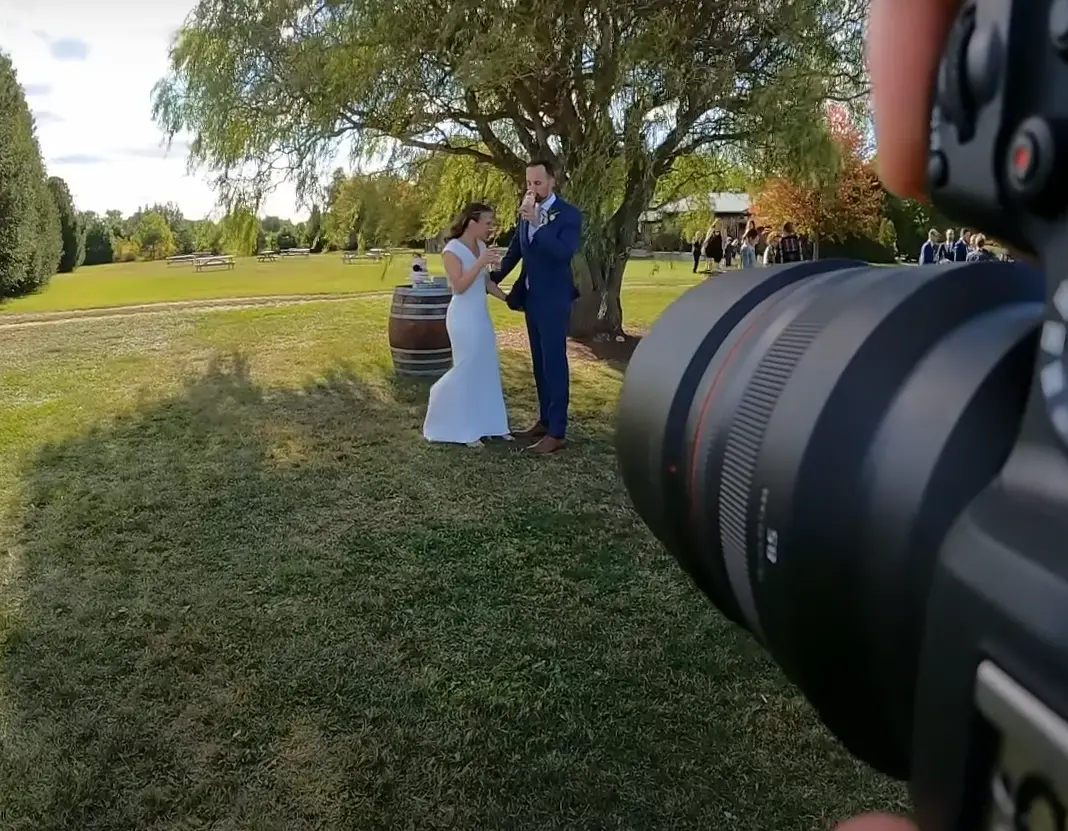
If you’re a wedding photographer, then you know that an 85mm lens is going to be one of your best friends. It will allow you to get those beautiful close-ups of the bride and groom without having to worry about getting too much else in the frame. It will also give you the ability to shoot at a lower aperture and still get some great bokeh in your shots. Overall, an 85mm lens is going to be a great option for wedding photography.
Shooting fashion With A 85mm Lens
If you’re a fashion photographer, then you know that an 85mm lens is going to be a great option for you. It will allow you to get close-ups of your subject without having to worry about getting too much else in the frame. It will also give you the ability to shoot at a lower aperture and still get some great bokeh in your shots. Overall, an 85mm lens is going to be a great option for fashion photography. If you have the 85-mm lens, it will open up new possibilities for the types of shots you can take.
Shooting Landscapes With A 85mm Lens
While an 85mm lens is not going to be the first choice for landscape photography, it can still be a great option if you know what you’re doing. If you’re shooting on a full-frame camera, an 85mm lens can actually give you a pretty wide field of view. This means that you can get some really nice shots of landscapes without having to worry about getting too much else in the frame. Just keep in mind that you’re going to need a tripod if you want to shoot at a lower aperture and still get sharp images.
Shooting Food With
Food photographers are specialized in a particular genre of photography. They can bring out the best in their food subject by using different lenses, composition, and lighting techniques.
An 85mm lens can help food photographers to get close-up shots of their subject without having to worry about getting too much else in the frame. It will also give them the ability to shoot at a lower aperture and still get some great bokeh in their shots. Overall, an 85mm lens is going to be a great option for food photography.
To take a perfect photo of the food in the restaurant, using an 85mm lens will be your best bet. You can still manage to get a good bokeh even when shooting at a lower aperture. Therefore, if you are planning on becoming a food photographer, it would be best to invest in an 85mm lens.
How To Shoot With An 85mm Lens
You should choose the right gear and lens to take the ideal photos. An 85mm lens is a great way to get creative with your photography. You should follow some simple tips to get great photos with your 85mm lens.
The first thing you should do is set up your camera on a tripod. This will allow you to take sharp photos without any camera shake. You should also use a remote shutter release or timer to avoid any vibration when taking the photo.
Next, you need to decide what aperture you want to use. A lower aperture will give you a shallow depth of field, which is great for portraits. A higher aperture will give you a greater depth of field, which is ideal for landscapes.
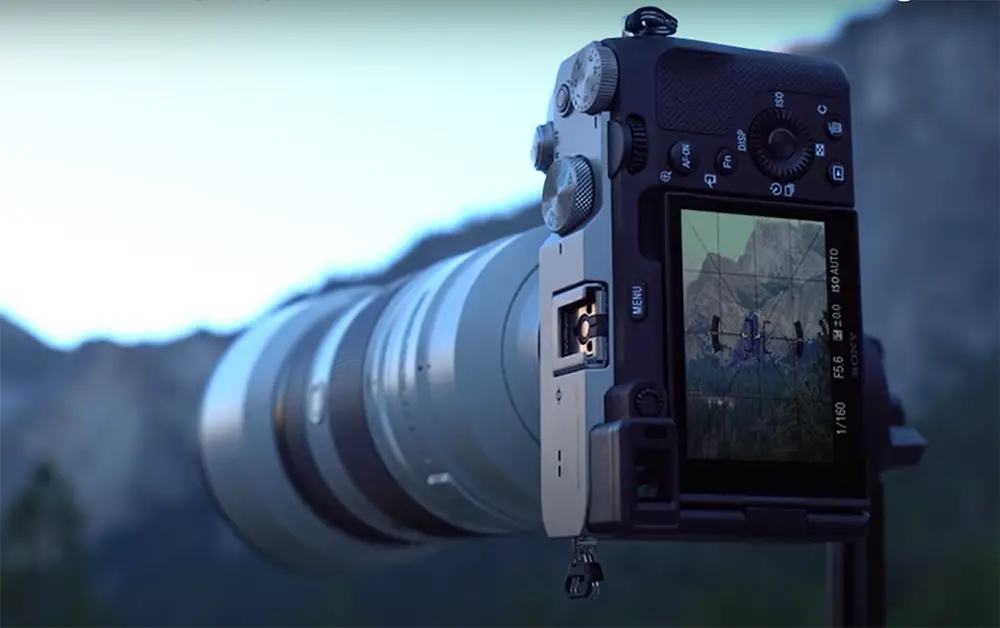
Finally, you need to choose the right shutter speed. If you’re shooting handheld, you’ll need to use a faster shutter speed to avoid camera shake. If you’re using a tripod, you can use a slower shutter speed to capture more light.
Price range
The price range is one of the main differences between these lenses. The 35mm lens is the most affordable, while the 85mm lens is the most expensive.
- 35mm: $200-$400
- 50mm: $400-$700
- 85mm: $700-$1200
The next difference is in terms of focal length. The 35mm lens has a shorter focal length than the 50mm and 85mm lenses. This means that it can capture a wider field of view. However, it also means that it isn’t as good for close-up shots.
Finally, there’s a difference in terms of aperture. The 35mm and 50mm lenses have a maximum aperture of f/0.95, while the 85mm lens has a maximum aperture of f/0.75. This means that the 35mm and 50mm lenses can let in more light, making them better for low-light photography.
So, which one is right for you? It depends on your needs and budget. If you’re looking for an affordable lens that can capture a wide field of view, then the 35mm lens is a good option. If you need a lens that can take close-up shots and perform well in low-light conditions, then the 50mm or 85mm lens might be a better choice. Ultimately, it’s up to you to decide which features are most important to you and choose the lens that best fits your needs.
What errors can you make by taking photos?
The main errors you can make when taking photos are lack of sharpness, blurriness, and incorrect exposure. Each one of these can be corrected in post-processing, but it’s always better to get the shot right in-camera. This is where lens choice comes into play.
If you take photos with a 35-mm lens on a full-frame sensor camera, you will have to stand relatively close to your subject. This is because the field of view is quite wide. As a result, your photo might lack sharpness and detail.
On the other hand, if you use a 50-mm lens on a full-frame sensor camera, you will be able to take photos from a distance while still maintaining sharpness and detail. In addition, the 50-mm lens has a shallower depth of field than the 35-mm lens. This means that your background will be more blurred, which can be used to create an artistic effect.
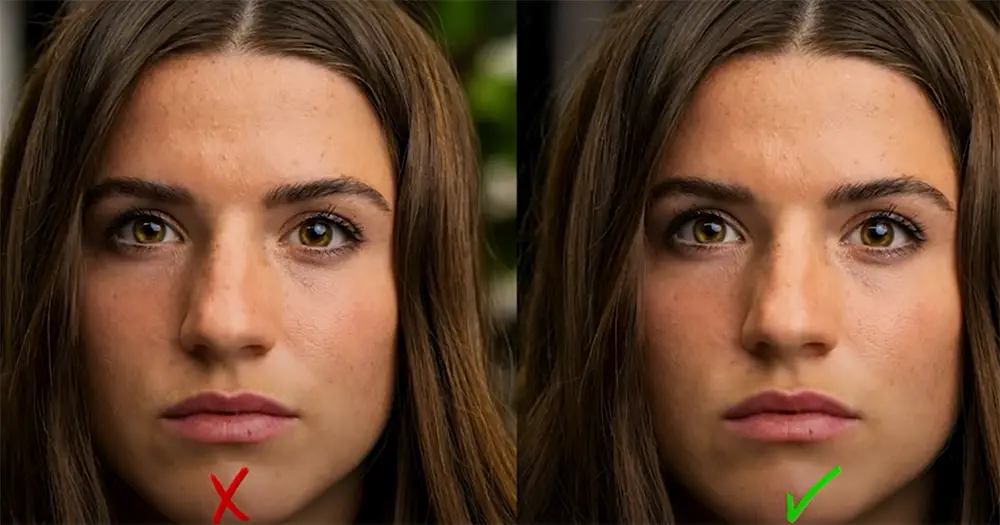
However, if you use an 85-mm lens on a full-frame sensor camera, you will need to be even further away from your subject. This is because the 85-mm lens has an even narrower field of view than the 50-mm lens. As a result, your photo will have an extremely shallow depth of field. This can be used to create a dramatic effect, but it can also make it difficult to keep your subject in focus.
What lens do professional photographers use for portraits?
If you’re a beginner, it’s easy to get overwhelmed by all the different types of lenses available. Do you need a 35-mm, 50-mm, or 85-mm lens for portraits? In this article, we’ll break down the main differences between these three popular lenses so you can decide which one is right for you.
35-mm lenses are considered “wide-angle” lenses, while 50-mm lenses are considered “normal” or “standard” focal length. 85-mm lenses are “telephoto” lenses, and are often used for close-up shots. So which one should you use for your portraits?
If you want to capture a wide shot that includes the background and surroundings, then a 35-mm lens is a good choice. If you want a more close-up shot that focuses on the subject’s face, then a 50-mm lens is a better option. And if you want an even closer shot, or if you’re shooting in low light conditions, then an 85-mm lens is your best bet.
What is the best way to shoot a portrait: 10 simple steps for better photos
There are many factors to consider when shooting portraits, such as composition, lighting, and posing. But one of the most important decisions you’ll make is which lens to use. The three most popular choices for portrait lenses are 35mm, 50mm, and 85mm. You should follow 6 simple steps to make the best photos:
1. Decide what you want to capture.
Do you want to capture the person’s entire body or just their face? Do you want a close-up or a more distant shot? Answering these questions will help you decide which lens is right for you. If you want to capture the person’s entire body, then a 35mm lens is likely your best option. This type of lens will allow you to get a wide field of view, which is perfect for full-body shots.
If you’re interested in capturing just the person’s face, then a 50mm or 85mm lens would be your best bet. These lenses will allow you to get closer to your subject and fill the frame with their face. This is ideal for close-up shots where you want to capture all the details.
2. Think about your compositions.
When shooting portraits, you’ll want to pay attention to your compositions. The rule of thirds is a good place to start, but there are other considerations as well. For example, you may want to position your subjects off-center so that they have some negative space around them. This can help create a more dynamic and interesting composition.
You should also think about the background and whether or not it’s distracting from your subject. If it is, then you may want to use a shallow depth of field to blur it out. This is a great way to make sure that the focus is on your subject.
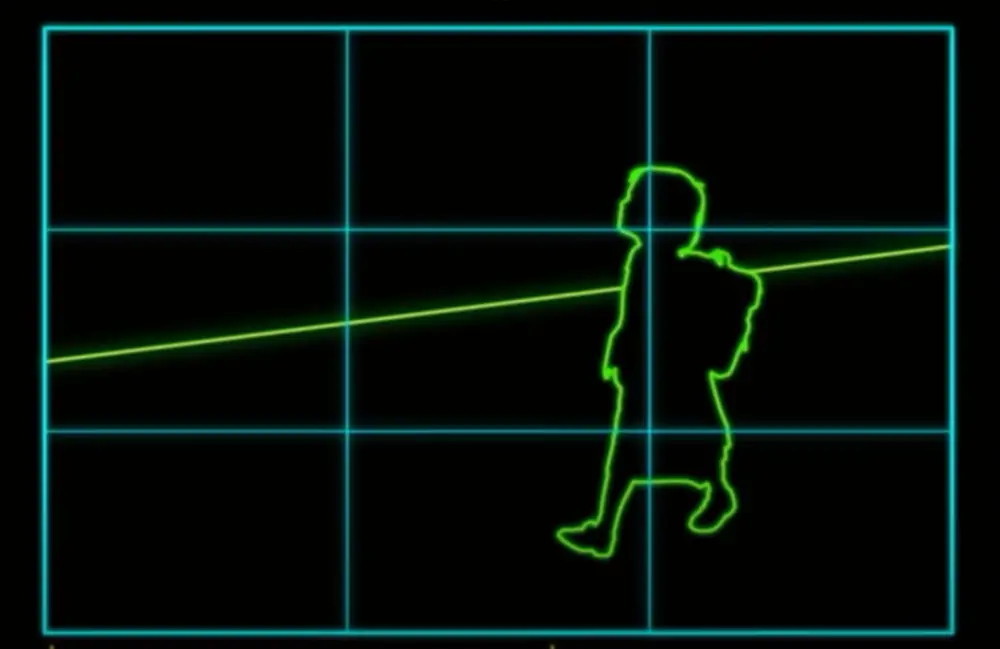
3. Consider the lighting.
Lighting is one of the most important aspects of portrait photography. You’ll want to make sure that your subject is well-lit, but you don’t want to use flash unless necessary. Natural light is always your best bet, so try to position your subjects near a window or outdoors.
If you’re shooting indoors, then you may need to use a reflector to bounce some light onto your subject. This will help ensure that they’re evenly lit and avoid any harsh shadows on their face.
Finally, pay attention to the direction of the light. If it’s coming from behind your subject, then they may end up being backlit. This can create a beautiful effect, but it’s not always desired.
4. Choose the right aperture.
Aperture is one of the most important settings when shooting portraits. A wider aperture (lower f-stop number) will give you a shallow depth of field, which means that your subject will be in focus and the background will be blurry. This is a great way to make sure that all the attention is on your subject.
However, you’ll need to be careful not to use too wide of an aperture. If you do, then you may end up with a lot of lens distortion, which can be unflattering for your subjects.
A narrower aperture (higher f-stop number) will give you a greater depth of field, which means that both your subject and the background be in focus. This can be a good option if you’re shooting in a crowded environment and you want to make sure that everything is sharp.
5. Pose your subjects.
Posing is an important part of portrait photography, but it can be tricky to get right. A good place to start is by having your subjects stand or sit with their shoulders squared and their chin up. This will help them look their best and avoid any unflattering angles.
From there, you can experiment with different poses and see what looks best. Just make sure that you’re constantly adjusting your compositions so that everything looks balanced.
6. Take your time.
Portrait photography is all about taking your time and getting the shot right. Don’t be afraid to take multiple shots of the same pose or experiment with different angles. The more options you have, the better chance you have of getting a great photo.
And finally, don’t forget to have fun! Portrait photography should be enjoyable for both you and your subjects. If everyone is having a good time, then it will show in the photos.
Check more articles to improve your photography knowledge:
35mm vs 50mm vs 85mm Lenses: Main Differences
This table provides a comparison of various indicators for three popular prime lenses: 35mm, 50mm, and 85mm. Prime lenses are known for their sharpness and low aperture values, making them suitable for various photography styles. Understanding the differences between these focal lengths can help photographers choose the right lens for their specific needs.
| Indicator | 35mm Lens | 50mm Lens | 85mm Lens |
|---|---|---|---|
| 1. Field of View | Wide-angle | Standard | Telephoto |
| 2. Perspective Distortion | Moderate | Minimal | Flattening |
| 3. Low-Light Performance | Good | Very Good | Excellent |
| 4. Portraiture | Not ideal, but can work | Great for general portraits | Perfect for portraits |
| 5. Close-up Shots | Decent | Good | Very Good |
| 6. Bokeh | Less prominent | Pleasant and natural | Smooth and creamy |
| 7. Weight and Size | Compact and light | Varies (typically moderate) | Heavier and larger |
| 8. Versatility | High (suitable for various genres) | Very versatile | Limited to certain genres |
| 9. Price Range (approx.) | $ – $$ | $$ | $$ – $$$ |
Explanation:
- Field of View: The 35mm lens offers a wider perspective, making it suitable for landscape and architecture photography. The 50mm lens provides a standard field of view, similar to what the human eye sees, making it versatile for various compositions. The 85mm lens, being a telephoto lens, is excellent for isolating subjects and capturing compressed backgrounds.
- Perspective Distortion: With a 35mm lens, perspective distortion is moderate, while the 50mm lens exhibits minimal distortion. On the other hand, the 85mm lens tends to flatten perspective, making it great for flattering portraits.
- Low-Light Performance: The 85mm lens excels in low-light conditions due to its larger aperture, followed closely by the 50mm lens. While the 35mm lens also performs well, it has a slightly smaller maximum aperture.
- Portraiture: Though the 35mm lens isn’t ideal for portraits, it can work for environmental portraits. The 50mm lens is well-regarded for general portrait photography, while the 85mm lens is specifically designed for stunning portrait shots.
- Close-up Shots: All three lenses perform reasonably well in close-up situations, with the 85mm lens offering the greatest magnification.
- Bokeh: The 85mm lens produces the creamiest bokeh, thanks to its wider aperture, while the 50mm lens provides pleasant and natural background blur. The 35mm lens has a less prominent bokeh effect.
- Weight and Size: The 35mm lens is typically the most compact and lightest, making it a great option for travel and street photography. The 85mm lens, due to its longer focal length and larger aperture, is the heaviest and largest among the three.
- Versatility: The 35mm and 50mm lenses are highly versatile, suitable for various photography styles, including landscapes, street photography, and everyday shooting. The 85mm lens is more specialized and best suited for portraiture and certain telephoto applications.
- Price Range: Generally, the 35mm lens is the most budget-friendly option, followed by the 50mm lens. The 85mm lens tends to be pricier due to its larger aperture and specialized use.
Understanding these differences will assist photographers in choosing the lens that best aligns with their creative vision and shooting preferences.
FAQ
What is the difference between a 50-mm and 85-mm lens?
A 50-mm lens is typically considered a “normal” lens, meaning that it offers a field of view similar to what the human eye sees. An 85-mm lens is considered a “portrait” lens because it provides a narrower field of view, which can be useful for isolating subjects from their surroundings.
What are the benefits of using a 35-mm lens?
A 35-mm lens is a good all-purpose option, offering a wide field of view that can help capture landscapes or groups of people. Additionally, 35-mm lenses tend to be less expensive than longer focal length options.
What are the disadvantages of using an 85-mm lens?
An 85-mm lens can be more difficult to use in low-light situations, as it has a narrower field of view and thus requires more precise framing. Additionally, 85-mm lenses can be more expensive than shorter focal length options.
If you’re just starting out in photography, or if you’re on a budget, a 35-mm lens is a great option. However, if you’re looking to capture portraits or other close-up shots, an 85-mm lens may be a better choice. Ultimately, the right lens for you will depend on your specific needs and preferences.
What is the difference between a 35-mm and 50-mm lens?
A 35-mm lens is a wide-angle lens, while a 50-mm lens is considered a “normal” or standard lens. A 35-mm lens will provide a wider field of view than a 50-mm lens, while a 50-mm lens will offer a more narrow field of view.
If you’re looking to capture landscapes or groups of people, a 35-mm lens is a great option. However, if you’re wanting to take portraits or other close-up shots, you may want to consider using a 50-mm lens.
35 mm lenses are also typically less expensive than longer focal length options such as 85 mm lenses.
What is the 85mm lens best for?
The 85mm lens is best for portraits because it provides a narrower field of view, which can be useful for isolating subjects from their surroundings. Additionally, 85mm lenses can create a shallow depth of field effect, which can help to blur the background and make your subject pop.
If you’re looking to take portraits or other close-up shots, an 85-mm lens may be a good choice for you. Just keep in mind that this type of lens can be more expensive than shorter focal length options.
Do you need both 50-mm and 85-mm?
Ultimately, the right lens for you will depend on your specific needs and preferences. If you’re just starting out in photography, or if you’re on a budget, a 35-mm lens is a great option. However, if you’re looking to capture portraits or other close-up shots, an 85-mm lens may be a better choice.
Do some research to figure out what focal length will suit the types of photos you want to take. You may find that one lens can cover most of your needs, or you may decide that you want to have both 50 mm and 85 mm lenses in your camera bag. There is no right or wrong answer – it all comes down to what works best for you.
Is 35-mm or 85-mm better?
Again, this depends on your specific needs and preferences. A 35-mm lens is a good all-purpose option, offering a wide field of view that can help capture landscapes or groups of people. Additionally, 35-mm lenses tend to be less expensive than longer focal length options. However, if you’re looking to take portraits or other close-up shots, an 85-mm lens may be a better choice.
Once again, it comes down to what types of photos you want to take and which focal length will suit those needs best. Do some research and experiment with different lenses to figure out which one is right for you. There is no wrong answer – it’s all about finding the lens that works best for your style of photography.
Is 35-mm a good portrait lens?
A 35-mm lens can be a good portrait lens, but it will provide a wider field of view than an 85-mm lens. This can be useful for isolating subjects from their surroundings. Additionally, 85mm lenses can create a shallow depth of field effect, which can help to blur the background and make your subject pop.
If you’re looking to take portraits or other close-up shots, an 85-mm lens may be a better choice for you. Just keep in mind that this type of lens can be more expensive than shorter focal length options.
Once again, it comes down to what types of photos you want to take and which focal length will suit those needs best. Do some research and experiment with different lenses to figure out which one is right for you. There is no wrong answer – it’s all about finding the lens that works best for your style of photography.
What MM is best for portraits?
The 85mm lens is best for portraits because it provides a narrower field of view, which can be useful for isolating subjects from their surroundings. Additionally, 85mm lenses can create a shallow depth of field effect, which can help to blur the background and make your subject pop.
If you’re looking to take portraits or other close-up shots, an 85-mm lens may be a good choice for you. Just keep in mind that this type of lens can be more expensive than shorter focal length options.
Is a 35-mm lens good for street photography?
A 35-mm lens can be a good choice for street photography as it offers a wide field of view that can help capture people and their surroundings. Additionally, 35-mm lenses tend to be less expensive than longer focal length options.
Do some research to figure out what focal length will suit the types of photos you want to take. You may find that one lens can cover most of your needs, or you may decide that you want to have both 50 mm and 85 mm lenses in your camera bag.
When would I use a 35mm lens over a 50mm or 85mm lens?
The 35mm lens is ideal for capturing wider scenes and environments, making it suitable for landscape photography and street photography. It allows you to include more elements in the frame, providing a sense of context and storytelling in your images.
What are the main advantages of using a 50mm lens?
The 50mm lens, also known as the “nifty fifty,” is highly versatile and considered a standard or normal lens. Its main advantages include a natural perspective that closely resembles human vision, great low-light performance with wider apertures, and a compact, lightweight design that makes it a popular choice for travel and everyday photography.
How does an 85mm lens perform in portrait photography?
The 85mm lens is renowned for its exceptional portrait capabilities. It produces a flattering compression effect, resulting in pleasing bokeh and background separation. The focal length allows you to capture headshots and portraits from a comfortable distance, creating a more intimate and flattering look for your subjects.
Can a 50mm lens be used effectively for portrait photography?
Yes, a 50mm lens can be used effectively for portrait photography. While not as specialized as an 85mm lens, the 50mm still provides pleasing results and is often preferred for environmental portraits, where you want to include more of the subject’s surroundings in the frame.
What type of photography benefits the most from an 85mm lens?
An 85mm lens excels in portrait photography, especially for capturing headshots, fashion shoots, and other scenarios where you want to isolate the subject from the background. It is also favored for event photography, such as weddings, where you need to capture candid moments from a distance without intruding on the scene.
Is there a significant image quality difference between these three lenses?
In general, the image quality difference between these lenses may not be noticeable to the naked eye, especially with modern lens designs. However, prime lenses, like the 50mm and 85mm, often offer slightly sharper results and better low-light performance compared to some zoom lenses.
Which lens is better for capturing fine details in photography?
If your main goal is to capture fine details in your photos, the 85mm lens might be the better choice. Its longer focal length and ability to create pleasing bokeh make it suitable for isolating and highlighting intricate details in portraits and still life photography.
Useful Video: What lens should you buy? 35mm vs 50mm vs 85mm
Conclusion
So, which lens should you choose? If you’re shooting full-frame, the 35mm is a great all-around option that will be useful in a variety of situations. If you’re looking for something a little more specialized, the 50mm is ideal for portraiture, while the 85mm is perfect for getting close-up shots with a shallow depth of field. No matter what your needs are, there’s a lens out there that’s perfect for you.
References:
- https://www.nikonusa.com/en/learn-and-explore/a/tips-and-techniques/understanding-focal-length.html
- https://photographylife.com/prime-vs-zoom-lenses
- http://mirrorlessportraits.com/35mm-vs-50mm-vs-85mm-whats-the-best-portrait-lens/
- https://petapixel.com/2013/05/16/the-top-8-reasons-why-im-a-big-believer-in-35mm-lens-photography/






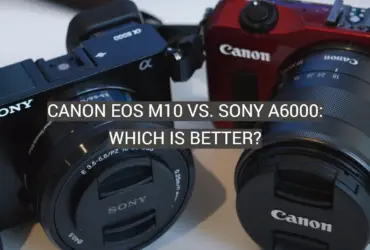
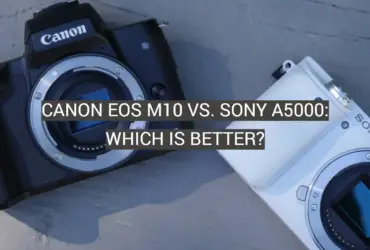
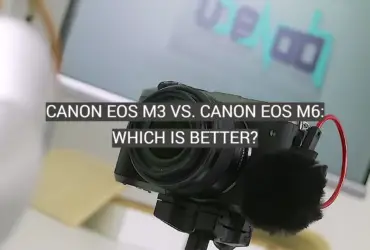
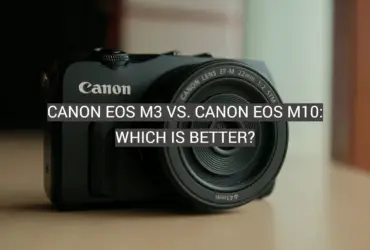
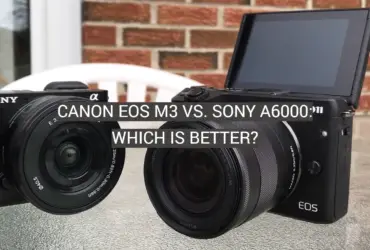
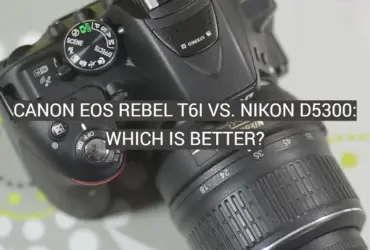
Leave a Reply